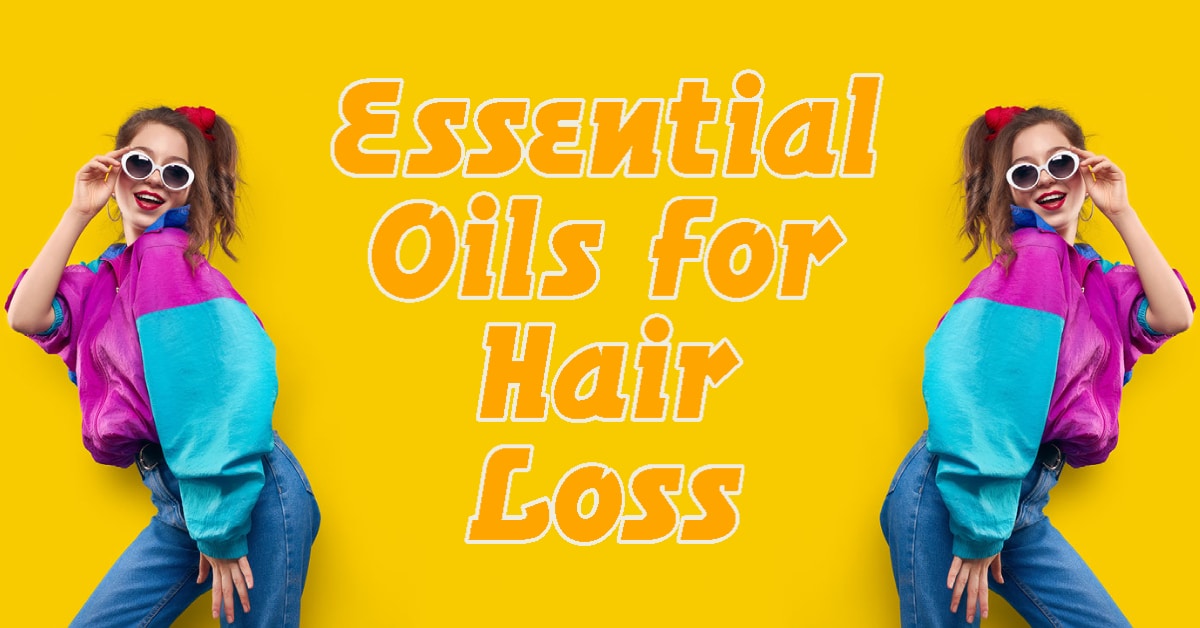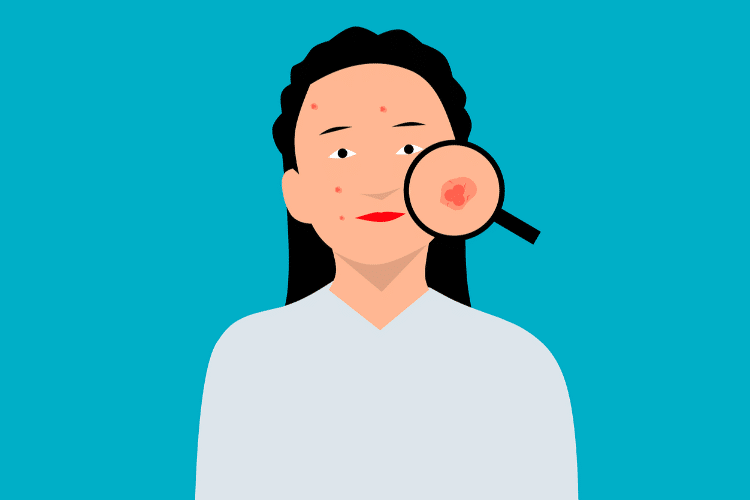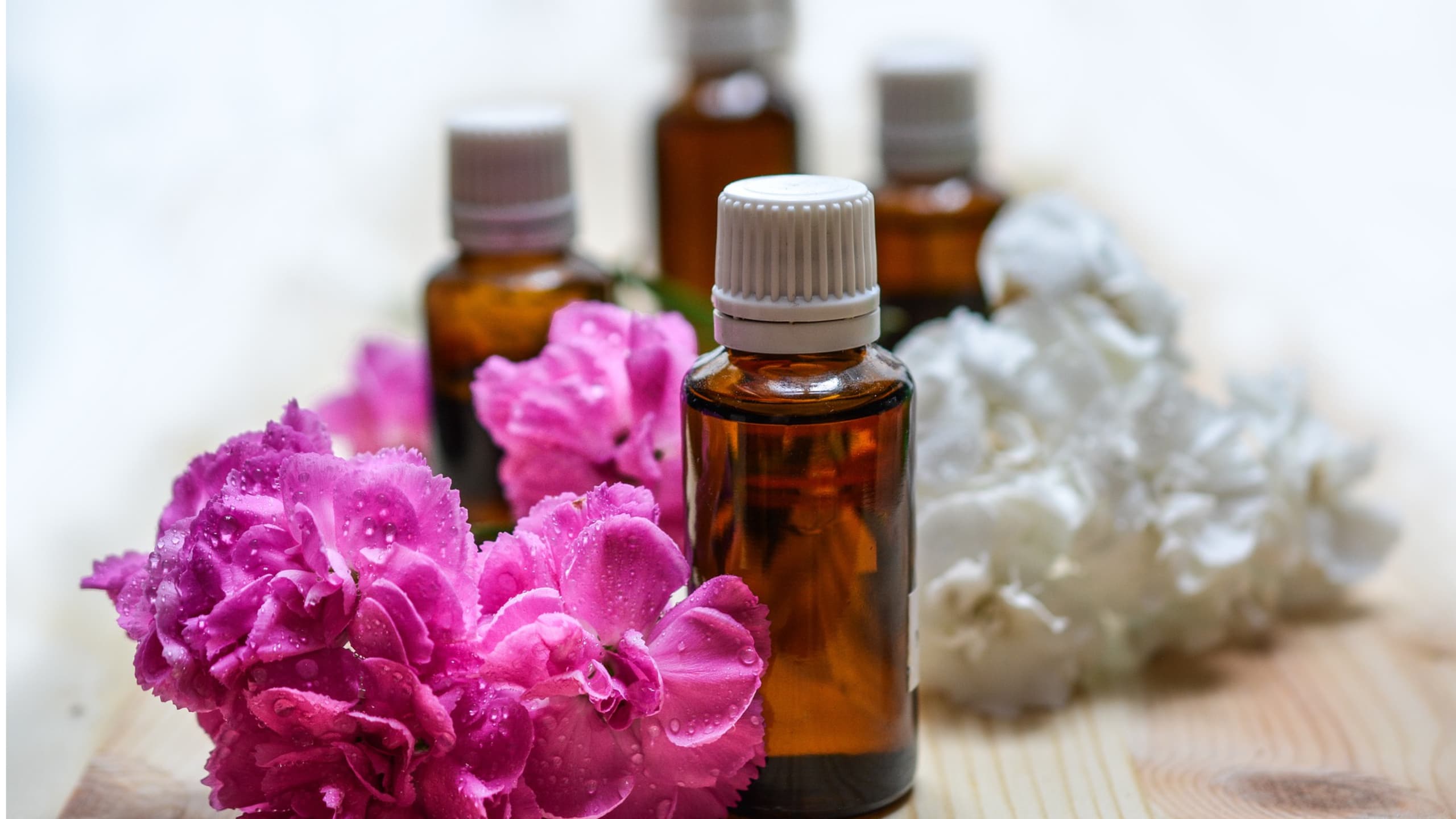
8 Tips for Choosing The Best Essential Oils
Table of Contents
- What is an essential oil?
- How can I find high-quality essential oils?
- What about Therapeutic Grade?
- Buying and Storage Tips
- Are essential oils safe?
- What’s a safe way to use essential oils topically?
- Should I use essential oils internally?
- What kind of recipes can I make using essential oils?
- Basic Massage Oil Recipe
What is an essential oil?
First, let’s define what an essential oil is and how it’s made. An essential oil is not an infused herbal oil. This is a very common misconception. Essential oils are the volatile aromatic oils produced by plants. Imagine fresh lemon balm leaves warming in the sun, rubbing rosemary between the palms of your hands, or bringing lavender flowers to your nose for a deep inhalation. Plants create smelly resins and oils to attract pollinators, warn predators, and to protect themselves against disease. The product you buy called “essential oil” is this aromatic substance concentrated through various methods. For example, it takes 60 whole roses to make just one drop of precious essential oil! That’s a potent drop of plant material. Essential oils can be extracted in several ways…
Plants create smelly resins and oils to attract pollinators, warn predators, and to protect themselves against disease. The product you buy called “essential oil” is this aromatic substance concentrated through various methods. For example, it takes 60 whole roses to make just one drop of precious essential oil! That’s a potent drop of plant material. Essential oils can be extracted in several ways…
Steam Distilled
Most plant aromatics can be captured through vaporization. You will find that most essential oils are produced this way, especially flowers, leaves, barks, and roots. Examples: Lavender, Ylang Ylang, Peppermint, Eucalyptus, Fir Needle, Valerian, Rose, Sandalwood
Cold Pressed
Some plants, like most citrus, need to be cold expressed to preserve their aromatics. This process involves puncturing the skins of either the whole fruit or just the fruit peel and pressing the essential oil out. With this process, a little bit of juice is also extracted, which is then separated from the essential oil. Examples: Orange, Grapefruit, Tangerine, Lime Peel, Lemon
Solvent Extracted
Some plant aromatics are too delicate for steam distillation or too bound up in resin, so a solvent is used to make an extraction. The solvents used can be a range of substances (non-toxic and toxic) including hexane, alcohol, acetone, propane, and others, so look for a supplier that lists the solvent type used. That puts the power in your hands to decide if it’s the right ingredient for your needs.
In a good quality absolute, the solvent should be completely evaporated out of the finished product. However, because of the possibility of trace amounts of solvent, absolutes are not recommended for therapeutic purposes, but are great for perfumery projects and are alcohol soluble.
Examples:
- Jasmine
- Vanilla
- Oak Moss
- Oakwood
- Rose Absolute
- Benzoin Resin
How can I find high-quality essential oils?
First, you want to be sure that the essential oils are pure aromatic plant oils without diluents. Some essential oils on the market are cut with a carrier or diluted with lesser quality products.
Next, to be certain that you are purchasing the right ingredient, look for the botanical Latin name on the product label. For example, Peppermint (Mentha piperita), should be listed clearly.
Purchase oils that are certified organic or are sourced from a supplier you trust. Because essential oils are so concentrated, that means that pesticides and other toxins can be concentrated in the oil as well.
Keep in mind that some essential oils are made from wild-harvested plants or plants cultivated without chemicals, so they may lack the organic certification.
Avoid buying anything with the term “Fragrance Oils” as these are often synthetically produced and are not true botanical essential oils.
What about Therapeutic Grade?
When first starting out, many beginning aromatherapy enthusiasts look for oils that are Therapeutic Grade. This distinction, however, is not an industry standard and is not endorsed or regulated by any government agency. It is purely a marketing claim. You can learn more about this issue by visiting: AromaWeb and National Association for Holistic Aromatherapy.
Buying and Storage Tips
Always research the plant part and production method used. Sometimes you might find several different options for one plant, like Cinnamon Leaf and Cinnamon Bark, or Dry Ginger and Fresh Ginger. These will offer very different properties and aromas to your creation. Here’s another great example to check out!
Purchase small amounts to start. One drop of essential oil goes a very long way, so a 1/2oz or 1oz bottle will last quite a while! Plus, essential oils can be pricey, so it’s nice to experiment and discover which ones you use most often before purchasing large amounts.
Dark colored glass, like amber bottles, is the way to go.
Store your essential oils in a cool, dark cabinet away from heat and light.
Don’t store with the glass and rubber-top dropper in the bottle! Essential oils are so concentrated that they can be corrosive. I have seen lemon essential oil eat through and melt a rubber bulb, ruining the entire bottle of oil. Always remove the glass dropper and use the screw cap. The drop-by-drop reducers that come in small bottles are fine and do not need to be removed.
Are essential oils safe?
Well…yes and no. We like to say that less is best and use with care!
These highly concentrated aromatics enter through our olfactory system and the skin, leading directly to the brain and our bloodstream. This allows the plant properties to cause therapeutic changes both emotionally and physiologically within our bodies.
Great, right?
Yes, but, essential oils also have to be detoxed by our liver and kidneys, and some plant aromatics are hard to process. Even using larger amounts of “safe” essential oils can be harmful to certain populations like children, people with compromised liver or kidney health, animals, and pregnant women. We highly recommend seeking the guidance of a qualified healthcare practitioner in these cases.
What’s a safe way to use essential oils topically?
All that said, using essential oils topically can be wonderfully healing!
You should always dilute essential oils with a carrier of some kind. This can be organic vegetable oil, hydrosol, witch hazel extract, or alcohol. Anytime you are working with a new essential oil and want to make a skin care recipe, do a patch test to make sure you won’t have a reaction and the oil is right for you.
Always avoid mucous membranes like the eyes and mouth unless you are under the care of a practitioner. These oils can be very caustic and can cause serious chemical burns!
Research the oil’s properties before use to make sure it isn’t contraindicated for your health.
1% Dilution: 5-6 drops per ounce of the carrier is appropriate for preparations such as massage, where a lot of product is being used on the skin.
2% Dilution: 10-12 drops per ounce of the carrier is appropriate for aromatherapy applications and body care recipes.
Should I use essential oils internally?
There is so much misinformation out there about whether or not essential oils are safe to use internally!
Along with the international aromatherapy community, we say that you should never use essential oils internally without the guidance of a qualified healthcare practitioner. While there are some essential oils that can be used safely, this is the safer path to take, especially without skilled supervision. Essential oils can be incredibly caustic, causing burns or irritating the mucous lining of your digestive tract.
Many people have asked me about using lemon oil in their water or a few drops of peppermint oil in their tea. I always say, why not use a squeeze of fresh lemon juice instead or make a cup of peppermint tea with nature’s perfect dosage of aromatics? I have seen lemon essential oil eat through rubber. One cup of peppermint tea can be a strong remedy by itself. Plant medicine is already very effective when used as gentle support for your body’s own natural healing processes – more and stronger is not always better or more helpful. Remember, these aromatics must be detoxed by the liver and kidneys.
However, if you are looking for something a bit more potent than tea, tinctures are a great option for internal use – not essential oils.
What kind of recipes can I make using essential oils?
Essential oils can be used in so many different ways! From natural body care formulas to diffusing for aromatherapy and inhalations, natural perfumery, massage oils, cleaning products, and much more, these versatile plant ingredients offer many possibilities.
- Massage Oil Recipes
- Skin Serum Formula
- Making Perfumes and Colognes
- Winter Blues Aroma Spray
- DIY Room Spray
- Homemade Cleaning Solutions
- Natural Bug Repellent
- Herbal Hand Soap
- Botanical Potpourri
- Pumpkin Spice Aroma Blend
- Spring Aroma Blends
- Holiday Diffuser Blends
- Lip Balm
Basic Massage Oil Recipe
Ingredients:
- 8 oz organic carrier oil or herbal infused oil
- 65 to 90 total drops of organic essential oil
- 1/2 tsp vitamin e oil
Instructions:
Drop all essential oils into a glass bottle, add carrier oil or herbal infused oil, and roll bottle between palms to blend oils. Decorate with a pretty label if desired. Shake well before each use.
Source: mountainroseblog.com






